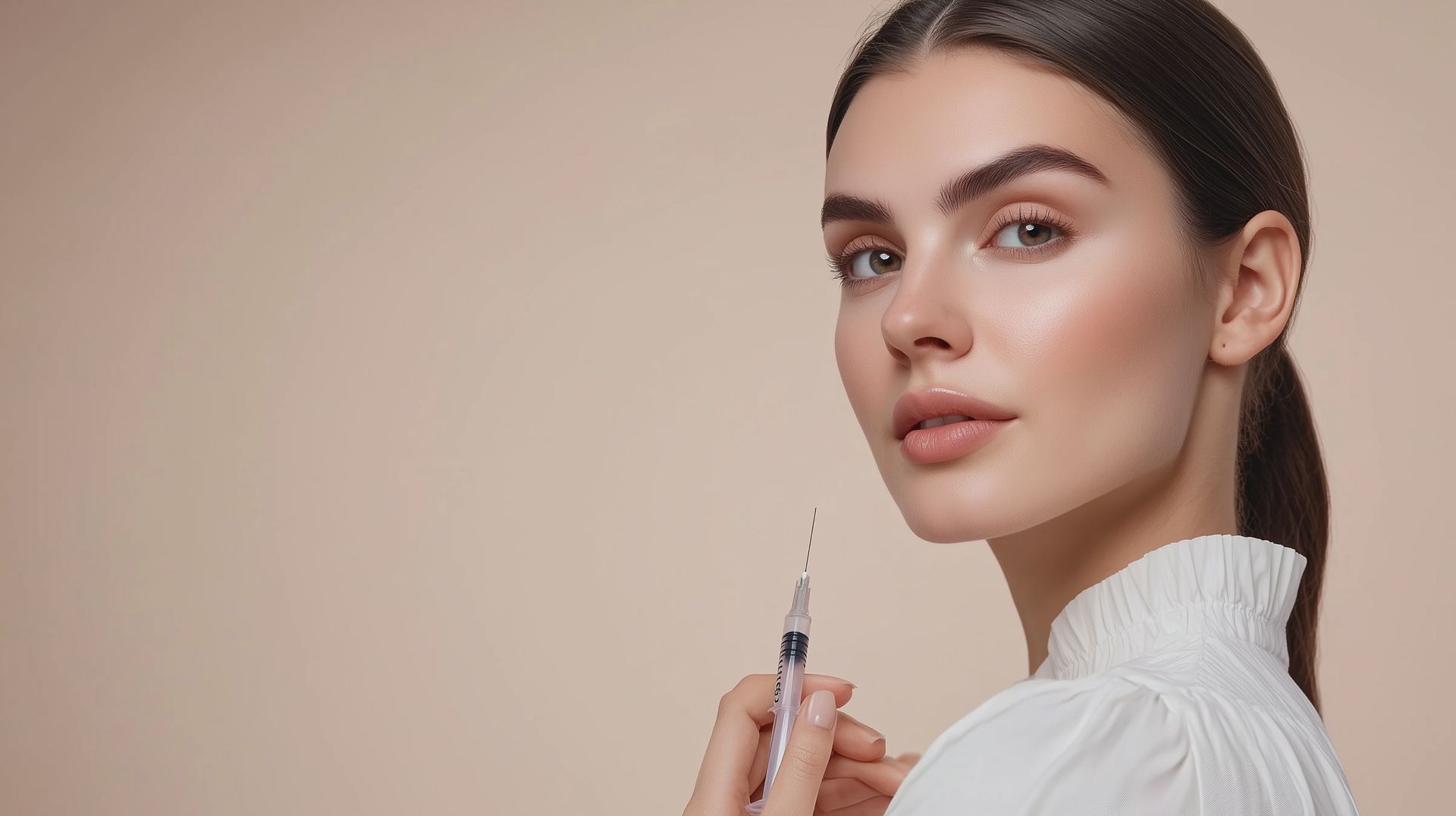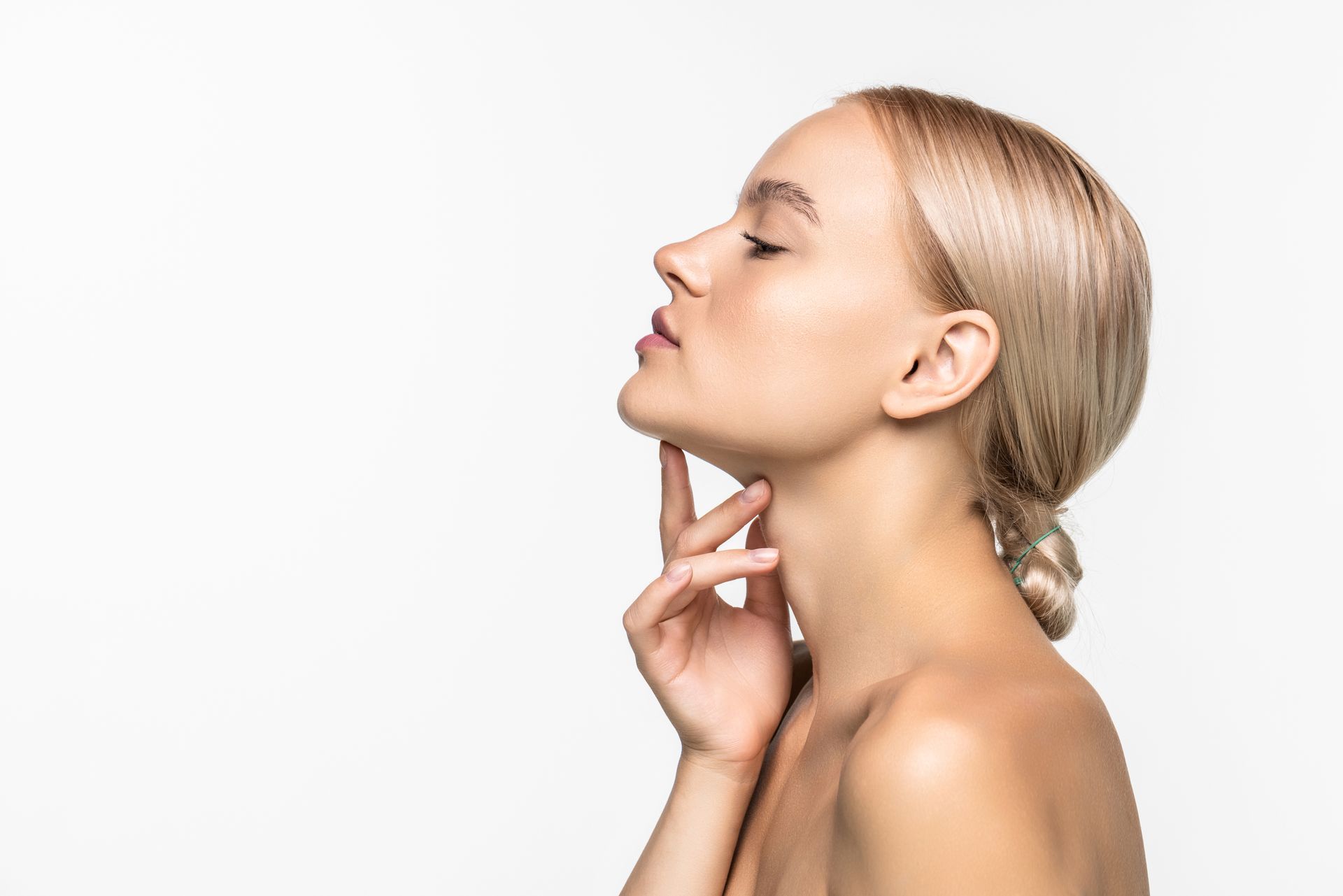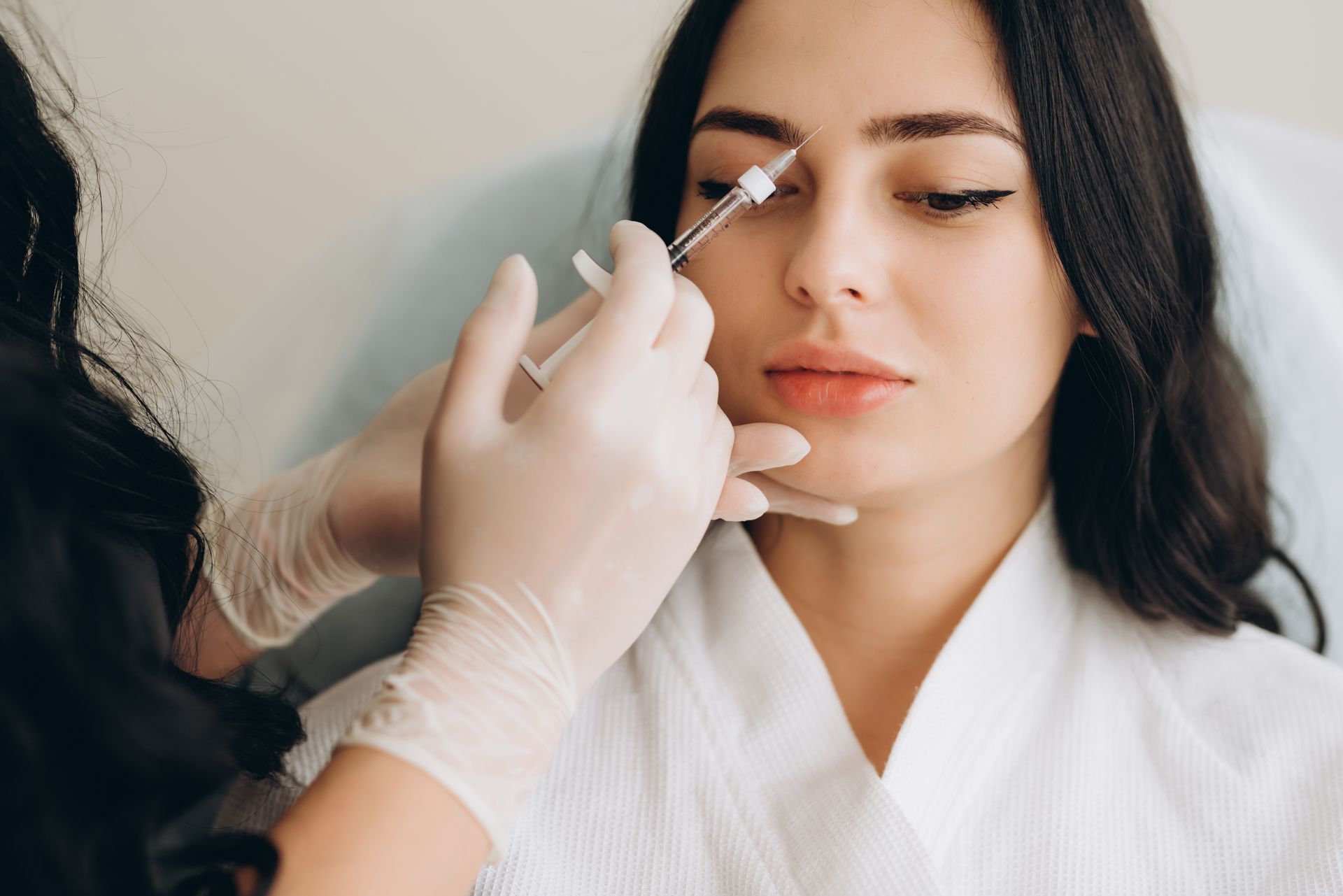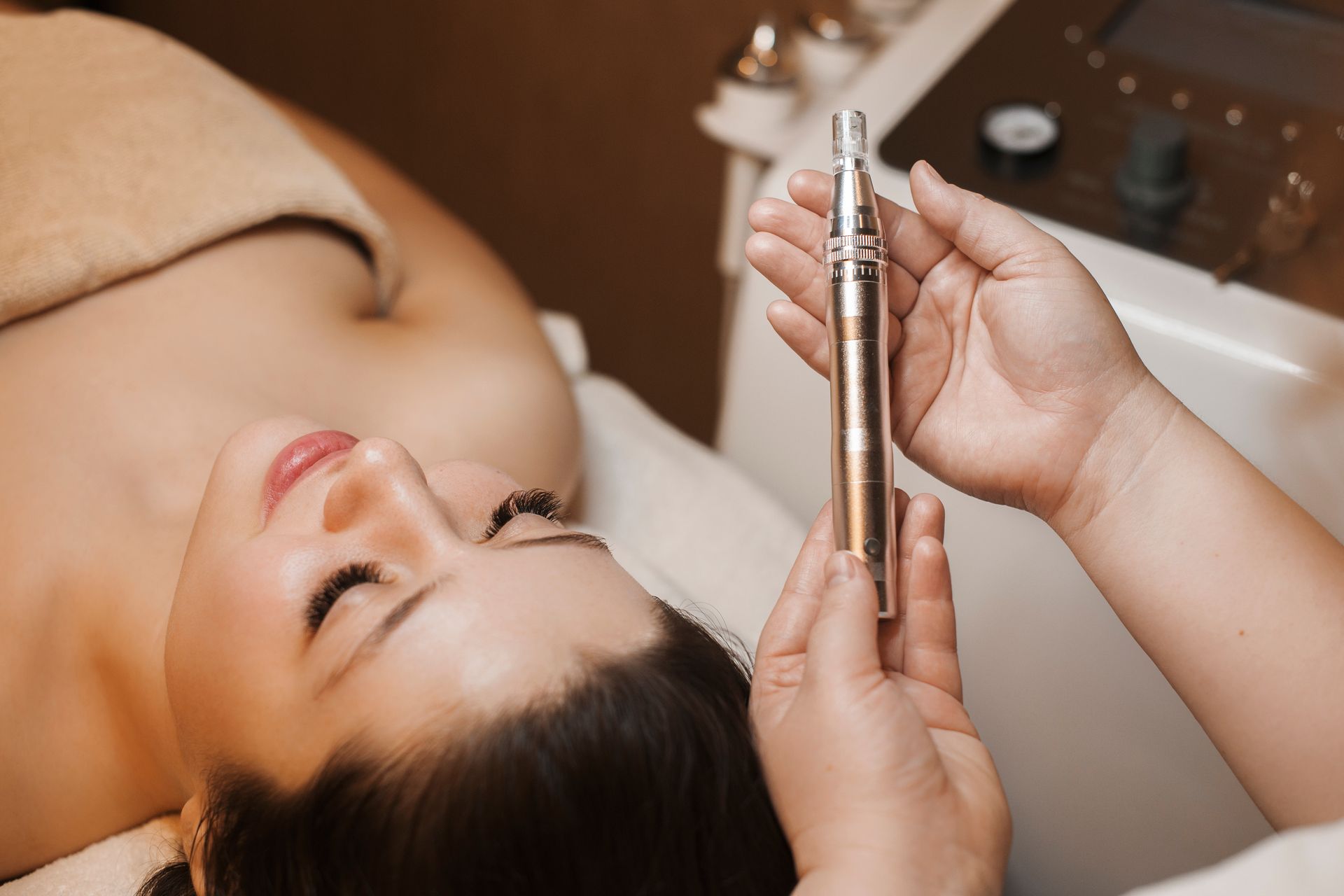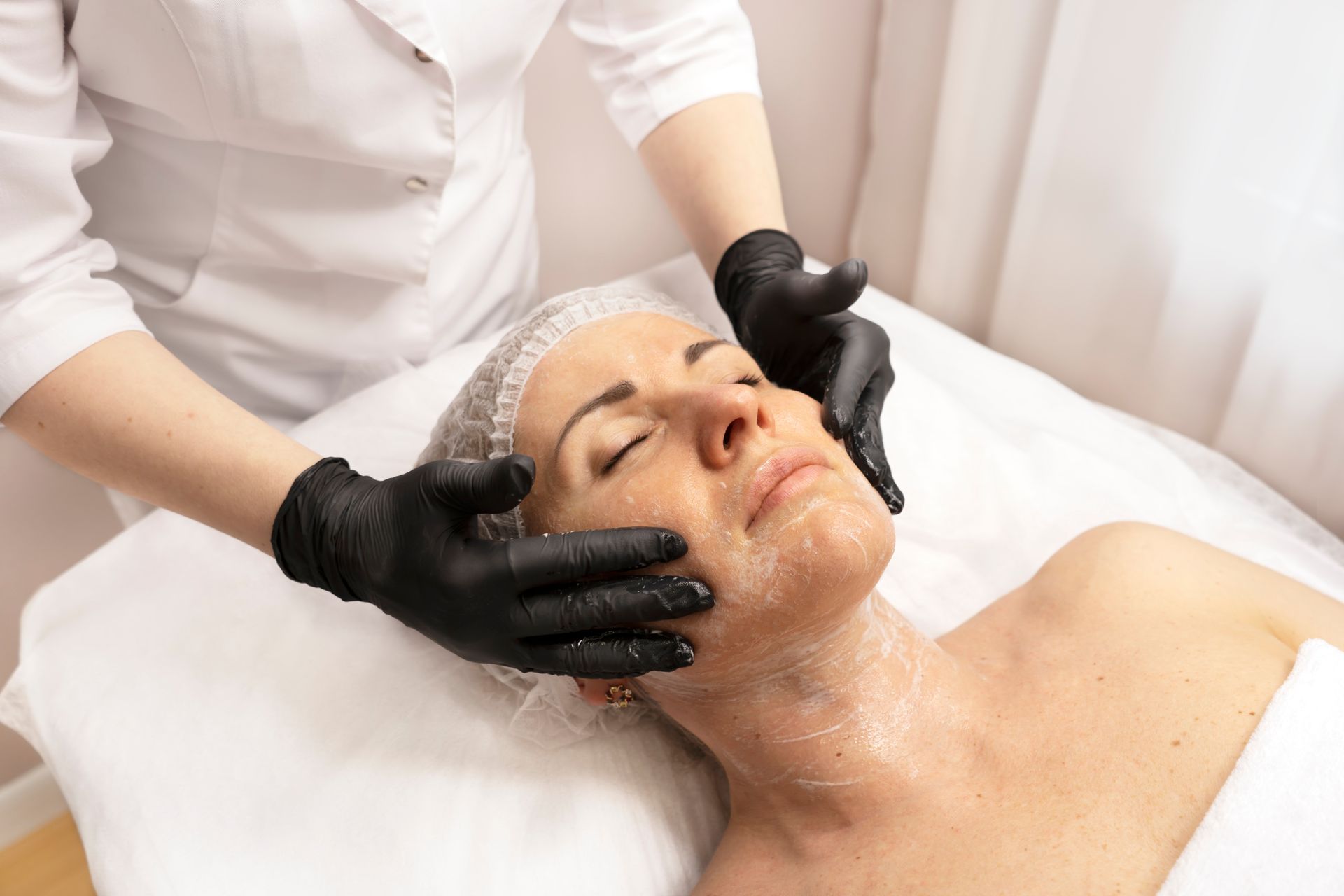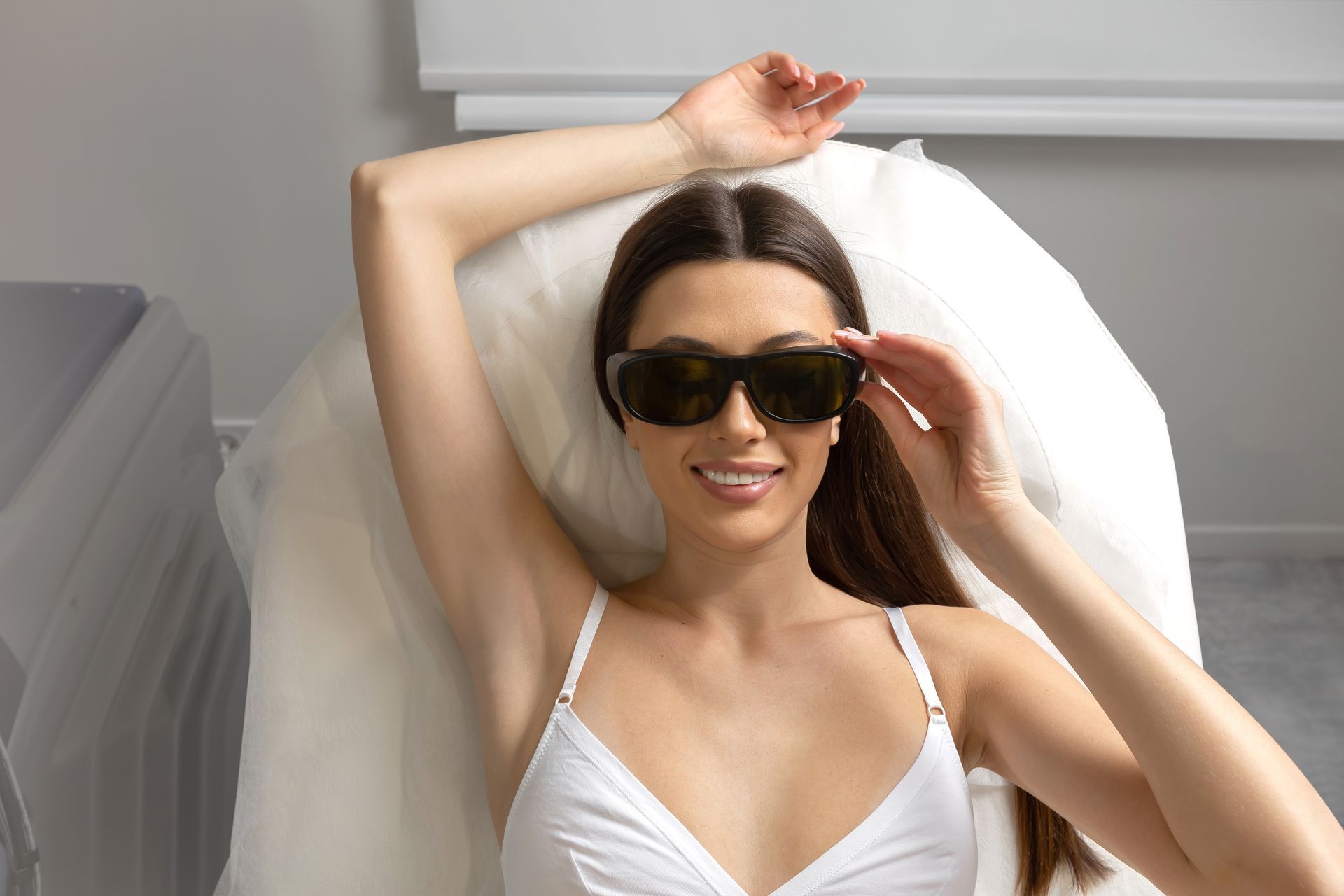The Clinical Benefits of Chemical Peels
Chemical peels are one of the most effective, evidence-based treatments used in dermatology for a range of skin concerns. From improving texture and tone to treating acne and
precancerous lesions, chemical peels have both cosmetic and therapeutic value.
This post outlines the medical benefits of chemical peels and how they fit into a comprehensive dermatologic treatment plan.
What Are Chemical Peels?
Chemical peels involve the topical application of a chemical solution to induce controlled exfoliation of the epidermis and/or dermis. This process stimulates cell turnover, enhances collagen production, and removes damaged skin layers. As the skin regenerates, patients typically notice a smoother, brighter, and more even complexion.
Peels are typically classified into three categories:
- Superficial peels: Use agents like glycolic acid or salicylic acid to exfoliate the epidermis. These are useful for acne, mild hyperpigmentation, and photodamage.
- Medium-depth peels: Typically use trichloroacetic acid (TCA) in concentrations of 35–50%, penetrating into the papillary dermis. Indicated for moderate wrinkles, actinic keratoses, and dyschromias.
- Deep peels: Often use phenol and penetrate to the reticular dermis. Reserved for severe photodamage, deep rhytides, and selected cases of skin cancer precursors.
Medical Indications and Benefits
1. Acne and Acne Scarring
Chemical peels can significantly reduce active acne lesions by decreasing follicular hyperkeratinization and inflammation. Salicylic acid and Jessner’s solution are commonly used due to their comedolytic and anti-inflammatory properties. Over time, peels can also improve post-inflammatory hyperpigmentation (PIH) and shallow atrophic scars.
2. Actinic Keratoses and Photodamage
Medium to deep chemical peels have been shown to reduce the burden of actinic keratoses, a common precancerous skin lesion. TCA and phenol-based peels can remove atypical keratinocytes and provide field treatment for chronically sun-exposed skin, reducing long-term non-melanoma skin cancer risk.
3. Melasma and Hyperpigmentation Disorders
Superficial peels using glycolic acid, lactic acid, or a combination peel (e.g., modified Jessner’s) are effective adjuncts in the management of melasma. These peels work by accelerating epidermal turnover and promoting uniform melanin distribution.
4. Rhytides and Skin Laxity
By inducing controlled dermal injury, medium and deep peels stimulate neocollagenesis and dermal remodeling. This results in improved skin firmness and a reduction in fine to moderate static wrinkles, particularly perioral and periorbital.
5. Improved Skin Barrier and Product Penetration
By removing the stratum corneum, chemical peels enhance the penetration of topical therapeutics, including retinoids, antioxidants, and other prescription treatments, making them more effective.
Clinical Considerations
- Patient selection is critical. Fitzpatrick skin types IV–VI are at higher risk of post-inflammatory hyperpigmentation and must be pre-treated appropriately.
- Pre-peel preparation may include topical retinoids, hydroquinone, or antiviral prophylaxis in select patients.
- Post-procedure care involves sun avoidance, barrier repair, and gentle skincare to minimize complications and enhance healing.
- Downtime: Varies — light peels may have no downtime, while deeper peels may require up to 7–10 days of recovery.
Contraindications
- Active skin infection (e.g., herpes simplex)
- Recent isotretinoin use (within 6–12 months depending on depth)
- Poor wound healing or history of keloids
- Pregnancy and lactation (for many agents)
Conclusion
Chemical peels are a safe, customizable, and effective dermatologic procedure when performed under medical supervision. With applications ranging from cosmetic enhancement to treatment of pre-malignant lesions, they represent a versatile tool in clinical dermatology
For optimal outcomes, chemical peels should be part of a broader, individualized treatment plan tailored to the patient’s skin type, goals, and medical history.
Ready to take the next step toward healthier skin? Schedule a consultation to discuss your options and design a peel regimen tailored to your skin’s unique needs.
The post The Clinical Benefits of Chemical Peels appeared first on Joules Aesthetics.
Share This Blog
